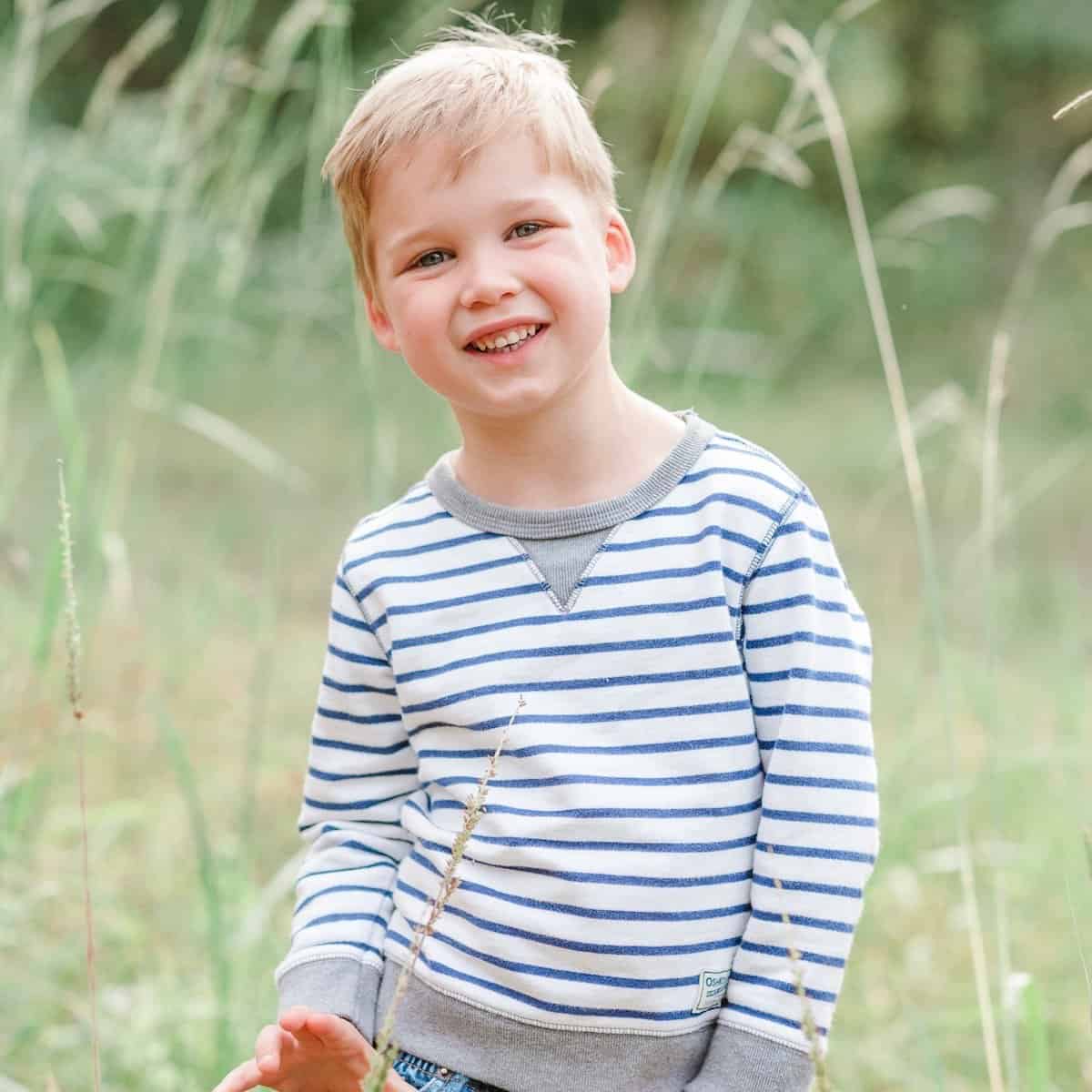At
Here is everything you need to know about what happens when kids stop napping and why it’s so important for older children to have down time.
In our home, sleep is a priority.
But much like you can lead a horse to water but you can’t make it drink, you can also set up your children for sleep success but not make them sleep. Here is how to set up a successful rest time for older kids.
Disclaimer: post contains affiliate links.

Originally published November 5, 2018
What is Rest Time?
Rest time is simply just that, time for rest.
It is a quiet time to relax in
True relaxation. Quiet time. Peaceful time.
There is not a lot of difference between nap time and rest time.
The only real difference is that during nap time, the child sleeps. During rest time they are awake.
When Do Kids Stop Napping and Start Resting?
The transition from nap time into rest time happens naturally.
Over time, a child simply stops sleeping in their bed during naps.
You will notice that some days the child sleeps during naps and some days the child is awake in their bed the entire length of nap time.
When this starts happening I allow my children to have a book in their bed with them for nap time.
The same guidelines for nap time still apply for rest time: they must stay in the bed until Mommy comes to get them and they must be quiet and lay down.
I still set them up for nap success. I keep the room dark and I turn on their sound machine.
I encourage them to sleep, even having them change into their
Rest time for preschoolers still looks very much like nap time does for toddlers.
(Related: Potty Training Tips During Night and Nap Time)
Sometimes they stay awake the entire length of nap time (roughly 2-3 hours) so I get them up when nap time ends.
Sometimes they fall asleep at the start of nap time and wake up on their own soon before nap time ends.
And sometimes they fall asleep mid-way through nap time. This is the trickiest option to navigate.
Allowing a child to sleep beyond the limits of their specified nap time will cause them to not be able to fall asleep at bedtime.
It’s important to wake up the child at the end of nap time. Even if they are still sleeping. Even if they are super grumpy.
Even if they had just fallen asleep 30 minutes prior. This ensures their body will be tired enough for nighttime sleep!

What Does Rest Time for Older Children Look Like?
As children get older the naps slowly disappear altogether and the designated “nap time” is more of a simple “rest time.”
The child still remains in their bed for the full allotted time.
They are still only allowed a few books and stuffed animals in their bed.
They are still encouraged to lay down for some of that time and still have soft lighting and no electronics.
A common concern is how to enforce this quiet time. The only issue I’ve personally ever run into is when a non-sleeping child gets out of their bed during rest time.
I have a video monitor in each room and can see the child.
I am mindful to explain the expectations prior to rest time for the
I will watch them on the monitor so I’m able to immediately go into their room the second they get out of the bed in order to enforce the designated consequence in the moment at hand.
It hasn’t taken but just a few times of this happening for the child to fully grasp the consequence and to stop getting out of their bed before rest time ends.
Older children are typically in school for the majority of the day every day.
Rest time may not happen at all during the school week, or may occur as a shorter time period when they first get home from school.
School is wearing on children. It is a very structured day that requires a lot of their energy – both physically and emotionally.
(Related: What to Do When a Child Struggles With the Transition to Kindergarten)
Quiet time for kids may be beneficial when first arriving home from school in the afternoons.
This time allows them to rest and recharge after all the responsibilities from school and helps to lift the weight from their shoulders while also transitioning into their responsibilities at home.
Weekends and school holidays allow for
Not only as a way to relax, keep up their reading skills, study scripture and have some alone time but it also may surprise you how often even a
Older children are able to tell time and can manage their rest time on their own.
While a preschooler may have a 3 hour nap that transitions into 3 hours of rest time, an older child does well with around 1-2 hours of rest time.
If younger ones are still napping for that full three hours then the remaining time that the older child is not resting can be used as independent playtime.
The older child can be free to exit their bed and play quietly with toys within their own room.
Here is a post on starting independent playtime with an older child.
It may also be a good time period to allow older children to participate in activities that are beyond the appropriate age of younger siblings.
Such as watching movies or playing video games.
It’s a good opportunity for older children to use their allotted screen time without having to be concerned with younger children interrupting or viewing things that are beyond their maturity level.
This time is also a wonderful opportunity for older siblings to be able to spend quality time together away from younger siblings.
They may enjoy playing games together that the younger ones wouldn’t enjoy or can’t yet participate in.
Older siblings are often expected to help pitch in when younger siblings are involved so having a chance for the older ones to connect and spend time having fun together can be very beneficial to their relationship.

Want to Connect with a Busy Mama Like You?
Be Sure to Follow Me on Instagram – Click Here or Visit @JourneyofPhood
How Does Rest Time for Older Children Benefit the Family?
There are several benefits to having rest time for older children for both the children as well as the family unit as a whole.
Children have more pressure on them today than ever before. School is exhausting.
More and more often downtime as school is being minimized in order to squeeze in more time for further academics.
Our children have 20 minutes for lunch and 15 minutes for recess! That is barely 30 minutes out of a 7 hour day for any sort of break.
Establishing a consistent rest time allows the child to plan for this time. A break.
A chance to breathe and feel refreshed.
It not only makes a huge difference in their ability to function the rest of the
During the summer months, weekends and other school holidays this rest time allows the older child a break from siblings and even from parents.
Having time to ourselves is valuable.
It gives an opportunity to do things they enjoy just for them. It helps establish the importance of
By older children having rest time, younger children are also able to be more consistent in their naps and routines.
No kids are running around being loud and waking up the baby and the family unit naturally plans around nap time each day so no activities our outings disrupt that time.
The afternoon nap is the last nap a child drops so it’s very important to keep consistent as younger children truly need sleep during that time each day.
For toddlers the afternoon nap is the one nap a day they still take which makes it even more important.
A toddler may be able to handle skipping this nap on occasion but having a consistent routine keeps this nap as a top priority.
As parents, rest time for older children is a game changer. During the summer weekdays it gives Mom a break from parenting.
A chance for her to rest and recharge and have some “me time” too.
—–> Here is How I Have My “Me Time” Each Day!
And on weekends? Having an established rest time routine for the family allows the parents to have time together. That may mean catching up on some favorite Netflix shows together.
Sharing plans for the coming week. Or even taking a nice long nap together without worrying about disruptions!

How Rest Time Works in Our Family
This is how we do rest time with our family as well as some of my tips for making it work with four children at home.
The
The
She also sleeps with a few stuffed animals that she’s allowed to play with if she can’t sleep.
Typically I hear her just laying in her bed singing songs and reciting things she’s learned at school.
If she does fall asleep I’m mindful to wake her at the end of the nap time and it has not caused any impact on her ability to fall asleep at bedtime.
Both the nine year old (Kye) and seven year old (Britt) are in elementary school and attend school all day.
They get home rather late in the afternoon and since we do early bedtimes (lights out at 7:30 for the seven year old and 8:00 for the nine year old) we typically don’t do any sort of rest time on school days.
On Saturdays Kye and Britt do not have to have official rest time.
He’s allowed 3 hours a week to play his video games and that’s what he does during this time. He prefers to use all three hours in one chunk so it has worked out nicely to take place on Saturdays.
Britt is not into any sort of video games or screen time.
She is very extroverted so for her Saturday rest time means she gets to hang out with her older brother.
She loves playing his video games with him or even just sitting and watching him play as it means she gets to be close to him and he won’t be annoyed by her 😉
Sundays we require everyone to sleep it is a rest day.
They must lay down for at least 90 minutes with no reading or playing and try to nap.
It is hit or miss whether or not Kye and Britt actually do fall asleep, but it happens more frequently than you’d think!
After the 90 minutes is up if Kye and Britt did not fall asleep then they are allowed to get up and play quietly in their rooms and with each other if they so choose.
Often they enjoy listening to music together and playing with toys. Sometimes we allow them to watch a movie together during this time,
During the summer Kye and Britt have rest time each day.
Weekends stay the same as during the school year but during the school
They spend 45 minutes reading alone in their beds.
Then they spend 45 minutes playing alone quietly in their rooms (independent playtime).
Then they spend 45 minutes playing outside together and the remaining 45 minutes they may still want to stay outside or they may come in and do another activity together.
It is important for the children to have things already set up to do during those playtimes.
They know it’s not a time to interrupt Mommy to search for something for them to do if they become bored.
—–> You can Read our Entire Summer Scheduled Here!
I teach them to prepare in advance for their rest time but having their books chosen, any music selected, toys pre-decided, and activities with each other planned out.

Conclusion
Naturally as kids get older they transition from sleeping at naps to just resting.
When I am asked the question “When do children stop napping?” My answer is always: “Never!” In our home nap time simply transitions into rest time.
By continuing to have a set rest time for older children it is training them to have it be part of their routine and will naturally continue to be a priority even into adulthood.
Even as adults there are so many benefits to having periods of rest as part of
I foresee our family having a structured rest time for many years to come!
Other Posts You Might Enjoy:
- Transition from Nap Time to Quiet Time: What to do When Kids Stop Napping
- Transitioning From 3 Naps to 2 With Babywise
- Low Sleep Needs Baby vs. High Sleep Needs Baby: How to Tell the Difference
- How To Fill the Morning Nap Time Slot When the Nap is Dropped
- Summer Schedule for Kids: Planning A Daily Routine for Four Kids
- A Letter to my Son on His 16th Birthday From Mom (Kye’s Bday Letter) - March 20, 2025
- Open Letter to my Daughter on her 12th Birthday – Love, Mom {Britt’s 12th Bday Letter} - January 16, 2025
- Letter to My Son on his 6th Birthday – Love Mom - January 8, 2025






